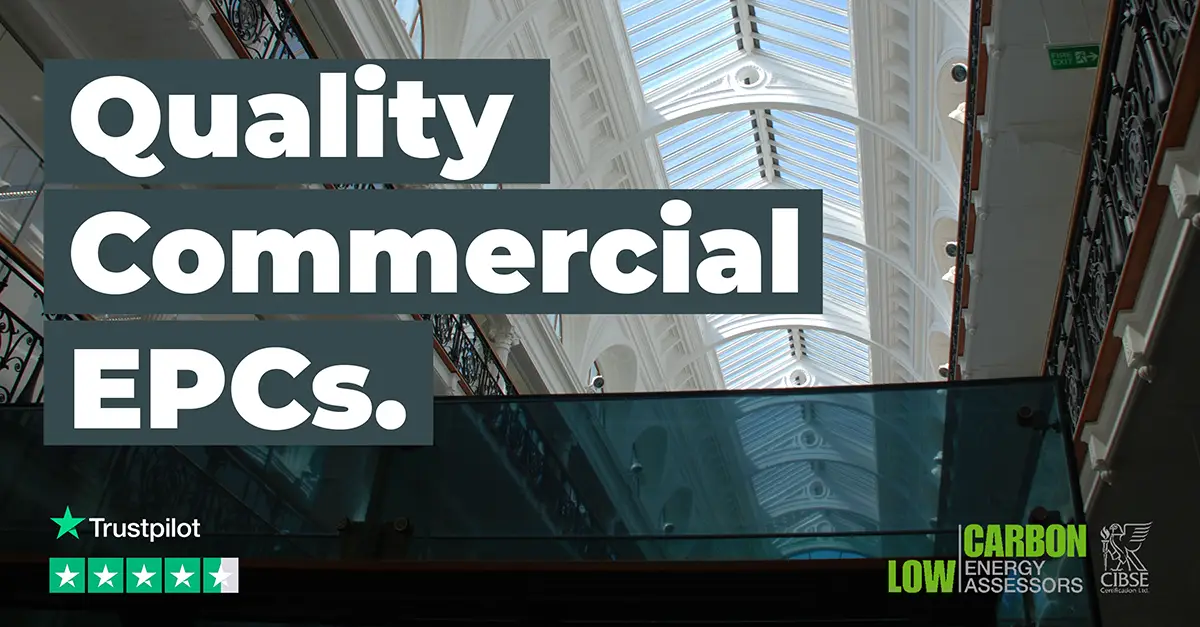As the UK government tightens its stance on environmental sustainability, commercial landlords face increasing pressure to ensure their properties comply with Energy Performance Certificate (EPC) regulations. Failing to meet minimum EPC standards can result in legal repercussions, financial penalties, and loss of rental opportunities.
In this in-depth guide, we’ll walk through the latest EPC regulations, outline the obligations for commercial landlords, and provide strategies for staying compliant and future-proofing your property investments.

Understanding EPCs and MEES An Energy Performance Certificate (EPC) provides a building with an energy efficiency rating from A (most efficient) to G (least efficient). Since 2018, under the Minimum Energy Efficiency Standards (MEES), commercial properties in England and Wales must have a minimum EPC rating of ‘E’ to be legally leased.
The MEES regulations apply to:
-
All new commercial leases
-
Lease renewals
-
Existing leases since April 2023
If your commercial property has an EPC rating of F or G, it is unlawful to lease it until improvements are made.
Why Compliance Matters for Landlords
- Legal Obligation:
Landlords must ensure their properties meet the minimum EPC rating or qualify for an exemption. Non-compliance can result in enforcement actions by local authorities.
- Financial Penalties:
-
Renting a non-compliant property for less than 3 months: up to £5,000 fine or 10% of rateable value (max £50,000)
-
For more than 3 months: up to £10,000 or 20% of rateable value (max £150,000)
-
- Future-Proofing Investments:
By 2027, all commercial buildings must have a minimum EPC rating of ‘C’, and by 2030, ‘B’ will be required. Landlords must act now to avoid future retrofitting costs.

Steps for Landlords to Achieve Compliance
Step 1: Assess Your Current EPC Rating
Locate the current EPC and assess whether the property meets the minimum standard. You can find existing certificates via the government’s EPC register.
Step 2: Commission a Professional Assessment
If your certificate is over 10 years old or if you’ve made energy upgrades, you should get a new EPC assessment from a qualified assessor, like SEA Consulting!
Step 3: Implement Energy Efficiency Improvements
Based on the recommendations in your EPC report, make targeted upgrades such as:
-
Installing LED lighting and sensors
-
Improving insulation and glazing
-
Adding renewable energy sources
Step 4: Apply for Exemptions (if necessary)
Some properties may qualify for a MEES exemption due to:
-
High upgrade costs exceeding expected returns
-
Devaluation risks due to improvements
-
Technical infeasibility
Exemptions must be registered on the PRS Exemptions Register and typically last for 5 years.

Preparing for 2027 and Beyond
The government’s roadmap to raise EPC requirements means landlords must invest in energy-efficient technologies today. Proactive steps can include:
-
Conducting energy audits
-
Planning a phased upgrade strategy
-
Budgeting for capital expenditures related to energy efficiency
Navigating EPC regulations may seem complex, but with a structured approach, landlords can not only stay compliant but also enhance property value and attract quality tenants. Staying ahead of future MEES deadlines is crucial for long-term success in the commercial property market.

